8 Simple Treats for Highly Effective Dog Training Sessions
Food is really overwhelming when you first bring home your puppy. What’s the best type of food to feed the dog? How do you change your pup’s diet over time? Are you feeding them too much or too little? It’s really easy to assume that any food at the pet store that is marketed for puppy or as training treats will work for your dog. And maybe it does, but it may not be the best treat to train effectively.
I’ve been there, and it was a stress I didn’t plan for at all when I brought home Ezra. Over the course of our last five obedience classes, I’ve learned a little bit about which treats to use to effectively train. And I learned that your typical training treats that you are lured to buy at the pet stores are not always the best option to effectively train your dog for the right behaviors.
In this article, we will cover the top training treats that aren’t marketed as training treats, and when to use them for the best results.
What are training treats?
Most people refer to training treats as the 3-5 calorie/treat you can buy from any major pet food retailer. They are usually really soft and chewy for puppies to eat easily, but older dogs can eat them too. Most people let their dogs free feed and then use training treats to train skills or reward for good behavior. If that’s your preferred method of training, then I recommend focusing on flavors that your dog will love that are as low calorie as possible. This will ensure that you aren’t overfeeding your dog.
But keep reading! Because we have suggestions on different treats to use that will limit over-eating and give you effective results.

Why should I care which type of treat my dog eats?
When you bring home a puppy, you may be training that dog throughout the entire day. 3 calories per treat may not sound like a lot, but it adds up fast. If you are free feeding your dog, and you are giving treats constantly throughout the day, then it’s possible you are over-feeding your dog. This could lead to gaining too much weight and be bad for your dog’s joints.
And it’s even worse when your dog gets tired of the training treats and is no longer motivated to listen to you.
Dogs have food preferences just like people do. Not all dogs even love to eat (it’s surprising, I know). It’s very important to identify which toys or treats are:
- Normal: These are treats that your dog will gladly take in exchange for exhibiting a behavior, but aren’t the best treats. These are treats that your dog ranks lower than some highly distracting things that aren’t food, like strangers, other dogs, loud noises, etc.
- High Value: These are treats that your dog will do ANYTHING for, at any time, in any location.
- Long Lasting: Are there treats that you give your dog that last 10 min or more? Are there food puzzles you can use to make normal treats last longer?
You won’t be able to learn this right away, nor will your dog’s tastes stay the same for his whole life. But it’s a good idea to pay attention to how your dog reacts to new toys or treats to categorize them as normal, high value, or long lasting. This will help you identify the right treat for the right behavior.
How should I use treats in training?
Training treats should be used to reward good behavior throughout the dog’s life. If you are doing any sort or training or behavior modification, treats can help reinforce the good behavior you are looking for from your dog. Treats are also used to turn bad experiences into good experiences when they are about to do something scary, like being left alone or going to the vet.
Over time, as you practice the skill or capture the good behavior more easily, you should wean your dog off the treats. This will help the skill become a routine or habit instead of a behavior you need to capture and reinforce.
It’s important to note that not all dog’s are food motivated. Some would prefer a toy or a game of tug instead of a treat as a reward. That’s OK too. You can still train your pup using toys.
You should plan which “training treats” you will reward your dog based on three criteria:
- How old is your dog? Young puppies should have a cleaner diet than adolescent dogs or older so they don’t have upset stomachs. Much like you wouldn’t give an 8 week old baby ice cream, you don’t want to give a puppy rich treats that are hard to digest.
- What are you training them to do? Not all treats are equally loved by your dog. Some training may not need a special treat at all. But some commands are so important that they could be life-saving for your dog. You want to make sure your dog can exhibit the right behavior in his sleep. Those are the training sessions that you want to break out the high value treats to reinforce quicker. Other things to consider are how long you expect your dog to exhibit the right behavior for or how far away he will be from you.
- How distracting of an environment will you train in? In your home, you can probably get away with a simple and boring training treat. But if you go to a park or even out into your own backyard and try the same command with the same treat, your dog may completely ignore you. You do need to practice in environments with more distractions, but in the beginning you may need to break out a more exciting treat to get your dog’s attention.
These questions will help you identify if you need a high value treat, a normal treat, a long-lasting treat, or something else for the training session you have planned for your dog.
8 easy training treats for you dog and why they are the best
Remember: your dog may have different opinions than other dogs about what’s an amazing, high value treat, and that’s OK. We will provide examples of typical training treats and when to use them with your dog. You can use this information as a starting point to compare against your dog’s personality and tastes to tweak as needed.

Treat 1: Your dog’s normal dog food
Most people don’t consider dog food to be a treat, because technically it isn’t. It’s a dog’s meal. But when you first bring your dog home, you need to make him work for every morsel of food. Meal times should be converted to training times. This means that if you bring home a puppy who has three meals a day, you have three opportunities for training throughout the day. But not just puppies should use kibble as a training treat. You can even train with normal dog food for your older dogs as well.
Normal dog food a great training treat to use in your home or any other familiar environment, but it may not be special enough to motivate your dog to listen in a distracting environment. For example, if you are bringing your dog to a super exciting park, you may want to bring a high value treat to get his attention back quicker instead of dog food.
As far as training skills are concerned, you can use dog food to train for anything except for the most critical commands: Recall and Leave It. I would also encourage using dog food to:
- Respond to his name
- Crate train
- Overcome loneliness or prevent separation anxiety with food puzzles
Treat 2: Carrots
I loved peeling carrots and freezing them for Ezra every week. They were a fantastic treat because they were soothing on his teething gums and they were a long-lasting treat. You don’t necessarily need to freeze them, but that is my preferred preparation. They have benefits for your dog either way, check out the 14 Benefits of Carrots for dogs that we have identified so far.
Dogs of all ages can have frozen carrots, but you want to be mindful of the serving size so your dog doesn’t eat too much Vitamin A. For Ezra’s size as a puppy, I would give him one medium to large size carrot per day. Smaller to medium sized breeds should likely have smaller sized carrots each day.
You could chop it up into smaller sizes but I recommend using a full carrot as a long-lasting treat in your home or other familiar environment, like a vacation home or friend’s house. I have not had a lot of success chopping up carrots and using them as high value treats in more distracting environments. But you can try it and maybe it’ll work for your pup.
I like using frozen carrots to train:
- Separation Anxiety Prevention
- Place Command
- Drop It
- Mitigate Teething
- Crate Train
I don’t use frozen carrots to train any skills aside from these.

Treat 3: Bully Sticks
Bully sticks have a permanent location in my pantry. They are a bit pricy, (anywhere from $8-18/stick) but I buy in bulk to get a reduced price. They are a special treat that you don’t want to give as a reward too often. I give a bully stick to Ezra anywhere from 0-3 times per week.
You don’t want very young puppies to eat them, because it could give them stomach problems. I began giving him bully sticks when he was about 4 months old. Consult with your vet if you want to give a bully stick for the first time and you aren’t sure if your dog can digest it.
This is a long-lasting treat that you should use similarly to frozen carrots. As an adult dog, it takes Ezra 15-20 minutes to eat, and he wolfs his treats down. Because it takes so long to consume, it doesn’t make sense to use as a quick treat when you are out and about. This should be reserved for environments like your home or where you need to keep him calm and occupied, like at a friend’s house.
I like using bully sticks to train for:
- Separation Anxiety Prevention
- Place Command
- Drop It
I don’t use bully sticks for training beyond these three types of skills.
Treat 4: Low-fat Cheese
I usually use low-fat cheese, but to be honest, sometimes I use whatever was cheapest at the grocery store that week. I feed Ezra 2 ounces or less of cheese per day to keep him slim. Low-fat string cheese is easy to use because each stick is about 0.75 ounces. This means that you can cut up two string cheeses a day to give your pup.
I didn’t start giving this treat to Ezra until he was about 4-5 months old, but I probably wouldn’t give it to him much sooner anyways. I do give it to him most days now as a training treat for either really distracting environments or really hard skills.
For example, when we are at the park, Ezra wants to say hi to every dog he sees. I don’t want him doing that so I try to get him to sit and focus on me. Will he do it for kibble? When we are home – 100%. But at the park? Absolutely not. Sit is a basic skill that you can teach with a basic treat, but once you increase the distraction, you have to increase the treat premium.
I like using cheese to:
- Practice skills you learned at home in more distracting environments
- Leave It
- Drop It
- Recall
- Loose leash walking
Reliable Recall and Leave It training are critical because they can save your dog’s life. Recommend high value treats only!
Treat 5: Boiled Chicken
This is Ezra’s most favorite food to eat. I buy chicken breasts from the store and boil them each week to prepare for Ezra’s training sessions. I normally give him 2-4 oz of boiled chicken everyday when we are training in really distracting environments or learning the most critical skills, like Reliable Recall.
You can give boiled chicken to dogs as young as 3 months old. But if it’s as high value a treat to your dog as it is to Ezra, don’t over-feed it. You don’t want it to lose it’s value.
I try to only use boiled chicken for:
- Practicing skills you learned at home in more distracting environments
- Leave It
- Drop It
- Recall
- Loose leash walking
Boiled chicken breasts are also a good food to feed your dog with rice if he is vomiting.
Finding the right equipment and learning Heel are critical to loose leash walking. I like head halters for training Ezra.
Treat 6: Hotdogs

Full disclosure: I don’t actually feed hotdogs to Ezra because he’s a bit more sensitive than other dogs. But if he didn’t have a sensitive stomach, I probably would use this in place of boiled chicken because it’s usually cheaper and quicker to cook.
You could start giving chopped up hotdog pieces to your dog at ~4 months old and older. Just like chicken and cheese, I would only use this treat for basic skills we haven’t mastered in distracting environments or critical commands. This means I would not bust out hotdogs in my house when my dog listens to the down command. I would use kibble for that.
I would use hotdog pieces to my dog if I were training:
- Practice skills you learned at home in more distracting environments
- Leave It
- Drop It
- Recall
Treat 7: Peanut Butter
Peanut butter is another favorite of Ezra’s. A lot of dogs tend to like the flavor. When you are shopping, make sure you buy peanut butter that doesn’t have xylitol in it. Xylitol is toxic to dogs, so it’s a good idea to check the ingredients lists for any brand you want to buy.
I gave Ezra some peanut butter when he was just 2 months old specifically to distract him to put eye drops in and to seal Kongs I filled with kibble and froze.
I don’t generally just give plain peanut butter, unless it’s for something like eye drops. Normally I mix it in with kibble on days where Ezra seems bored of his food or slather on a lick mat. I use it to train for:
- Distracting him during at-home grooming or health checks
- Overcoming separation anxiety or loneliness
- Tricking him to take any pills
Treat 8: Cream Cheese
I like to split the week up between giving Ezra cream cheese and peanut butter so that he doesn’t get too much of either item. I use cream cheese the same way as peanut butter. I opt to buy the low-fat cream cheese, and I try not to give cream cheese on the same days I’m giving chunks of low-fat cheese during trainings.
You can give cream cheese to dogs as young as 2-3 months old. I use it to train for:
- Distracting him during at-home grooming or health checks
- Overcoming separation anxiety or loneliness
- Tricking him to take any pills

Commonly asked questions about training treats
Conclusion
Overall, you need to identify the right treat to reward the expected behaviors for the dog’s age and number of distractions. It seems overwhelming to decide at first, but it becomes second nature with some practice. All you have to do is figure out what your dog’s highest value treat is (usually chicken, hot dogs, or cheese). Then save those for the training sessions that are most important or in really distracting environments.
If you are going to ask him to be busy for a long time by himself, then give your dog a long-lasting treat. Otherwise, try your best to convert meal time to training time and use your dog’s kibble. When that fails, mix in his kibble with missing of chicken or hot dogs or buy low calorie training treats from the store.
Any treat ideas I missed? Comment and let me know!
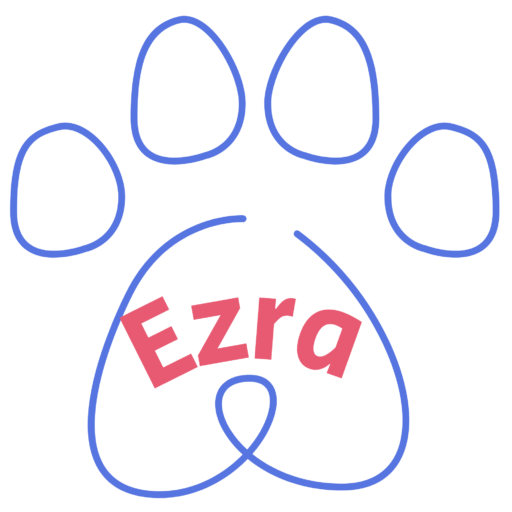
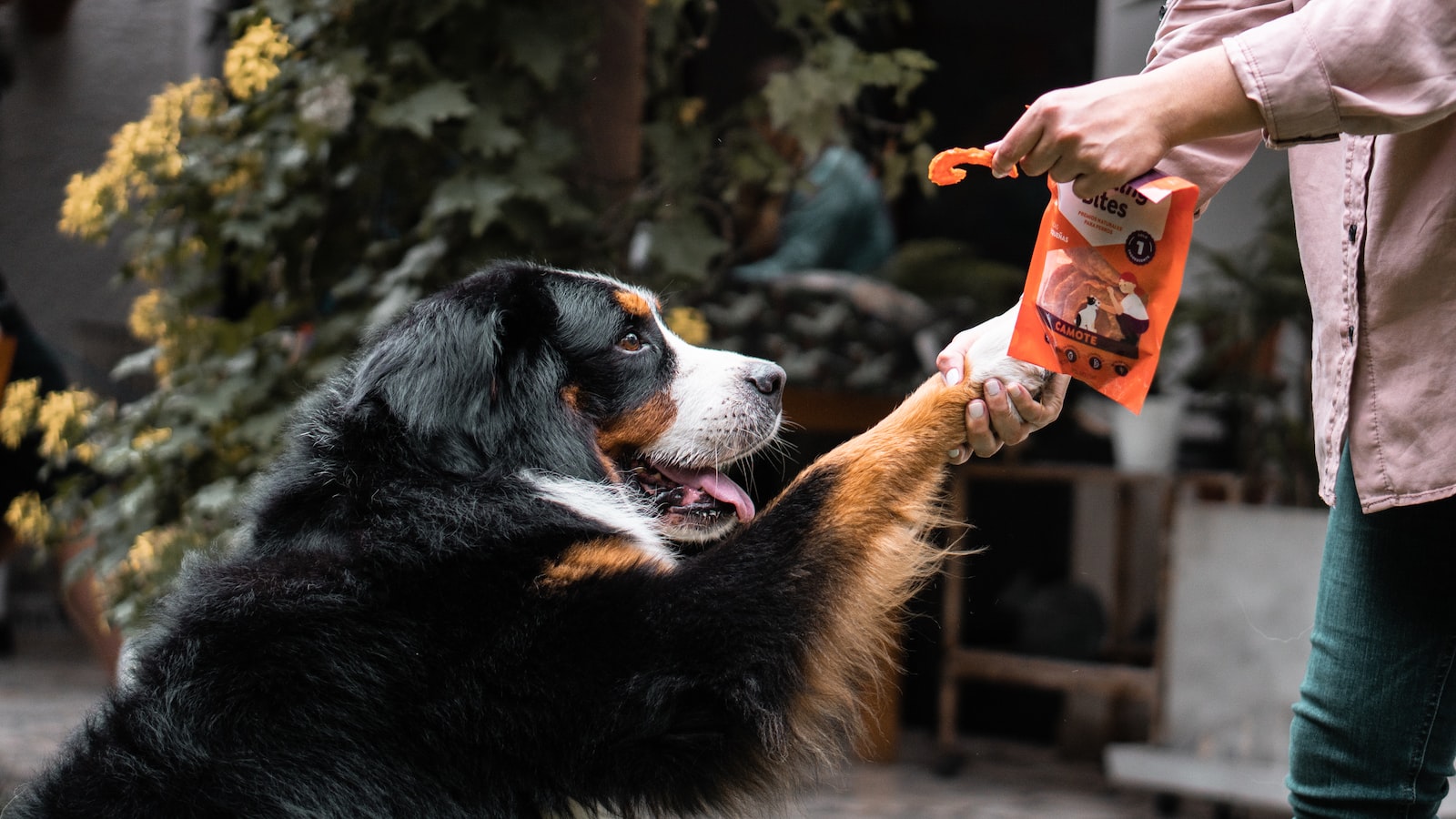
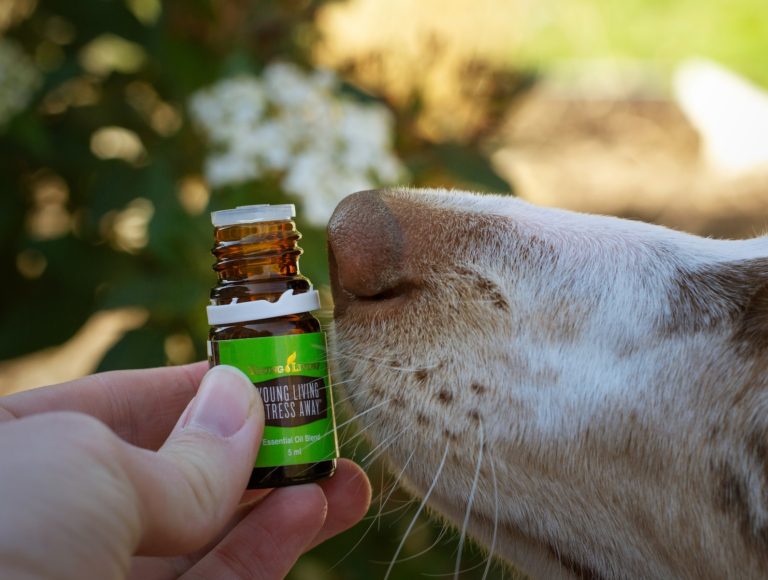
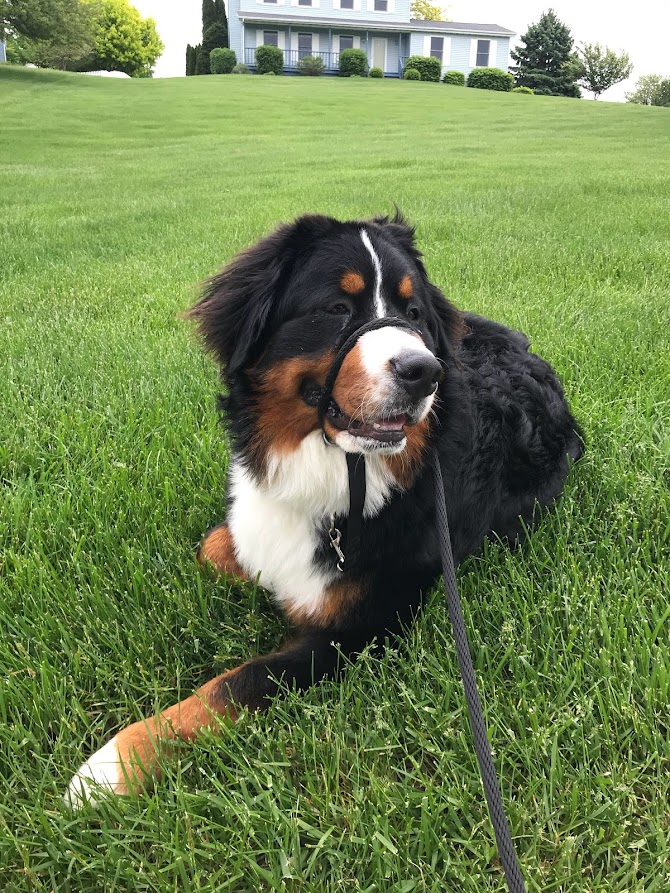
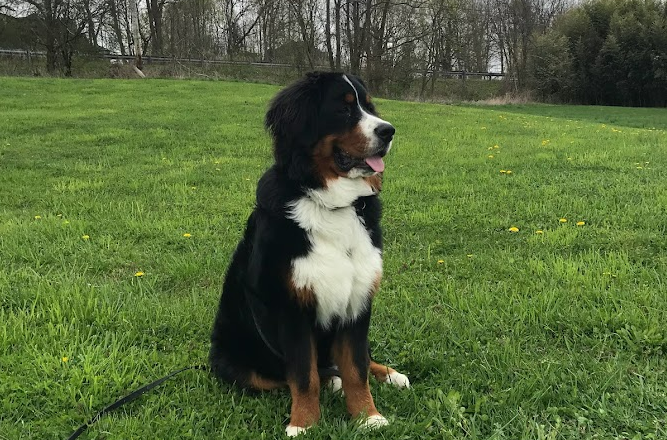
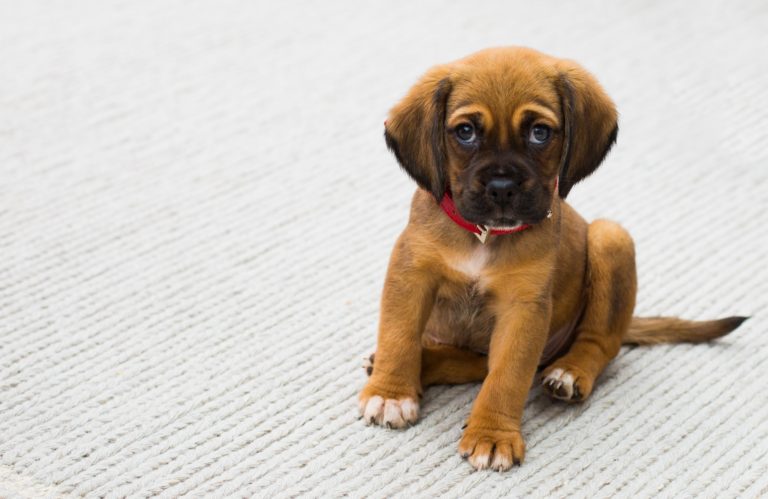
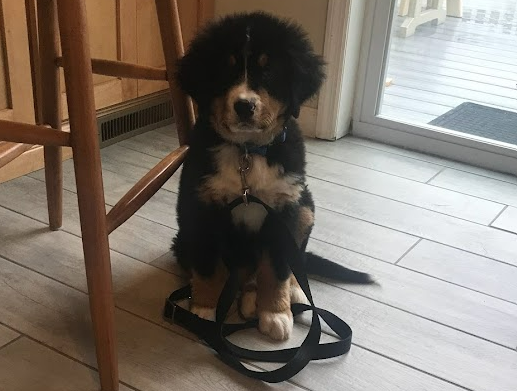
![59 Tips for First Time Dog Owners from 155 Dog Owners [2023]](https://www.bigdogtails.com/wp-content/uploads/2023/01/rectangle-768x1365.png)
7 Comments
Comments are closed.